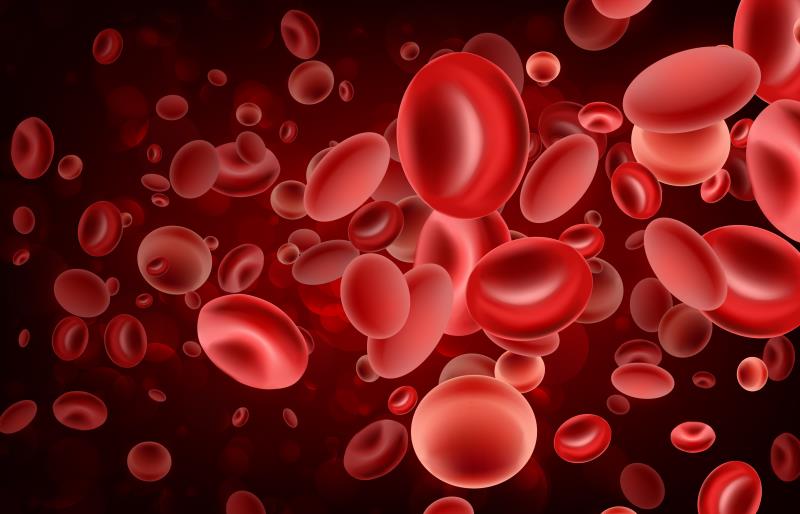
Extended clopidogrel monotherapy after a 9- to 12-month course of dual antiplatelet therapy (DAPT) reduces bleeding and ischaemic events in patients with acute coronary syndrome (ACS) who are at high risk for both events, according to the OPT-BIRISK* trial presented at ESC 2023.
“P2Y12 inhibitor monotherapy after a minimum duration of DAPT has emerged as a novel strategy to reduce bleeding without increasing ischaemic risks,” said principal investigator Professor Yaling Han from General Hospital of Northern Theater Command in Shenyang, China.
However, selecting the optimal antiplatelet treatment for patients with both high bleeding and ischaemic risks remains a challenge, Han noted.
“Extended P2Y12 inhibitor monotherapy [with clopidogrel] followed 9–12-month DAPT may be a reasonable strategy for bi-risk ACS patients [(those with both high bleeding and ischaemic risk characteristics)], but this has never been tested,” she emphasized.
Han and her team conducted a double-blind, placebo-controlled, multicentre trial involving 7,758 ACS patients (mean age 65 years, 41 percent female) with both high bleeding and ischaemic risks. The participants completed 9–12 months of DAPT with either clopidogrel or ticagrelor plus aspirin after a drug-eluting stent (DES) implantation. They had no major adverse clinical events within 6 months prior to randomization.
Participants were then randomly assigned to receive either DAPT with clopidogrel 75 mg/day plus aspirin 100 mg/day (n=3,885) or clopidogrel monotherapy (n=3,873) for an additional 9 months, followed by aspirin monotherapy for 3 months in both treatment groups.
At 9 months, clopidogrel monotherapy recipients had a significantly lower rate of clinically relevant bleeding, defined as Bleeding Academic Research Consortium (BARC) types 2, 3, or 5, compared with clopidogrel plus aspirin recipients (2.5 percent vs 3.3 percent), translating to a 25-percent reduction in the risk of bleeding (hazard ratio [HR], 0.75; p=0.03). [ESC 2023, Hot Line Session 7]
Similarly, the frequency of major adverse cardiac and cerebral events (MACCE), defined as a composite of all-cause death, myocardial infarction [MI], stroke, or clinically driven revascularization, was significantly lower in the clopidogrel monotherapy group than the clopidogrel plus aspirin group (2.6 percent vs 3.5 percent; HR, 0.74; p=0.02).
However, when individual components of MACCE was evaluated, the incidences of all-cause death, MI, stroke, and clinically driven revascularization were comparable between the clopidogrel monotherapy and the clopidogrel plus aspirin groups.
“The increased rate of MACCE in the clopidogrel plus aspirin group was surprising and may be because haemorrhagic events, which are more common with ongoing DAPT, could be associated with an adrenergic state with increased platelet aggregation due to hypotension, remedial procedures to treat bleeding, and the cessation of anti-ischaemic medications,” Han said in a press release.
Additionally, patients treated with either clopidogrel alone or DAPT showed similar rates of BARC types 3 or 5 bleeding (0.6 percent vs 0.7 percent) and stent thrombosis, either definite or probable (0.05 percent vs 0.03 percent).
The treatment effect on the incidence of the primary bleeding endpoint was consistent across the prespecified subgroups, except for those with anaemia (HR, 2.17; p=0.04), which favoured clopidogrel monotherapy over DAPT.
“Overall, 9-month P2Y12 monotherapy with clopidogrel was superior to DAPT [clopidogrel plus aspirin] in reducing clinically relevant bleeding and MACCE,” Han said.
“The results were driven by the reduction in BARC type 2,” said discussant Professor Renato Lopes from Duke University Medical Center in Durham, US.
“Importantly, there was no increase in ischaemic events with clopidogrel monotherapy, although we need to interpret the result with caution since this was a secondary outcome,” Lopes stressed. “[Taken together], the OPT-BIRISK trial adds information to the complex puzzle of antithrombotic therapy after ACS.”